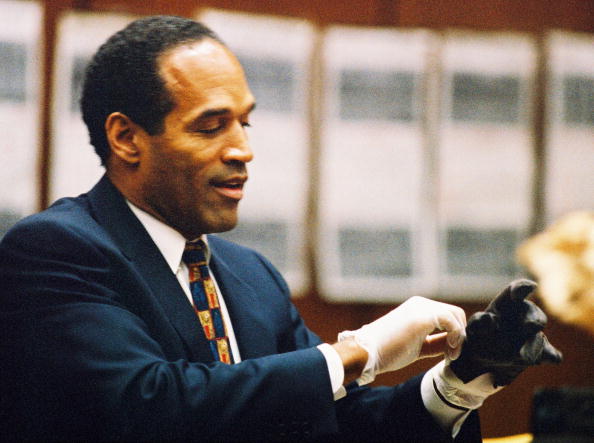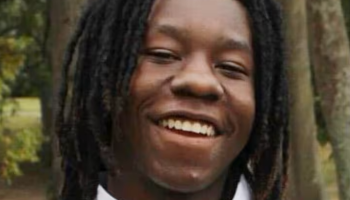Thanks to the Internet, there’s no shortage of graphic images that can illustrate almost any statistic that we can come up with. So lucky for us, since African Americans are so well analyzed in this country, there are charts that can explain where Black males stand on achievement and opportunity that point out to us where we’re going.
RELATED: The School-to-Prison Pipeline: How Our Educational System Creates Inmates
Looking around, you can find some interesting figures, not that you have to believe everything you read, but many are backed up with sound scientific data and a lot of it can change your perception of where Black people, particularly males, stand.
The chart below was created by Ivory A. Toldson, who is now deputy director for the White House Initiative on HBCUs, while he was at Howard University. Always decrying the notion that there are more Black men in prison than in college, he did the homework and found that notion is completely wrong. In fact, although Black male incarceration is disproportionately high, there are hundreds of thousands more enrolled in degree programs.
This Bureau of Labor Statistics graph shows us a clear view of where Black males are most likely to be employed. It actually shows a parity in three fields: management and professional, production and transportation, and service jobs. However, Black men still are behind Whites and Asian Americans in management and professional jobs — the fields that capture the highest salaries.
And this directly correlates to Black boy mobility. While it’s true that where you started in life doesn’t necessarily determine where you’ll wind up, statistics show some sobering numbers when comparing Black boys and White boys. These charts reported on the Brookings Institution website earlier this year, taken from a Pew Institute study, shows the percentage of White men and boys reaching each socioeconomic quintile, or grouping….
…and where Black men and boys wind up shows a significant difference. Basically this is saying that by more than 44 percent, White males who are born in well-to-do settings tend to stay there, while about 40 percent of Black males who are born in economically disadvantaged situations tend to stay in the same place.
So how does this look on a nationwide map? Where are these pockets of inequality and how do they compare with the rest of the country? Well, thanks to The New York Times, we can take a look at two maps and make the comparison. On the map below, you can see which areas have the lowest upward mobility (shaded in red) and which ones have the highest (shaded in blue).
Now take a look at one more map from the U.S. Census Bureau and you’ll see how that looks when placed next to where the Black population in the United States is most dense. In other words, the areas of the lowest upward socioeconomic movement are where Blacks are more likely to live.
Now, being a student of Maggie Anderson’s philosophy of the need for increased business ownership as a solutions model, I feel there should be an emphasis on increasing, supporting, and stabilizing firms that employ African Americans and perpetuate other Black-owned firms, hence placing Black men on payrolls and removing them from prison rolls. So BlackDemographics.org took a look at how many firms we have and what there were doing.
So last decade there was a serious jump in the number of businesses we have, perhaps the most since before the Civil Rights years.But as the website says, 94 percent of these firms are sole proprietorships or partnerships that have no paid employees. That means less productivity and less income for us as compared to other groups, as expressed in this graph.
We could spout statistics and charts all day long, and yeah with most people it just results in more rhetoric and less action. Believe me, there are tons and tons of people who immerse themselves in the former while never thinking about the latter. But on the other hand, good data is always the foundation of proactivity. So when you do want to take action you can back it up based on what you’ve learned.
When it comes to Black men, finding out statistically where we stand can improve on the chart below going forward into the 2020s, for which again we must thank Dr. Toldson.
SEE ALSO: Father’s Day Reminds Us Why Networks of Dads Are Important
Madison J. Gray is a Brooklyn, N.Y.-based multimedia journalist specializing in urban issues and criminal justice. He writes for NewsOne on the subject of Black males in America. Follow him on Twitter: @madisonjgray
























